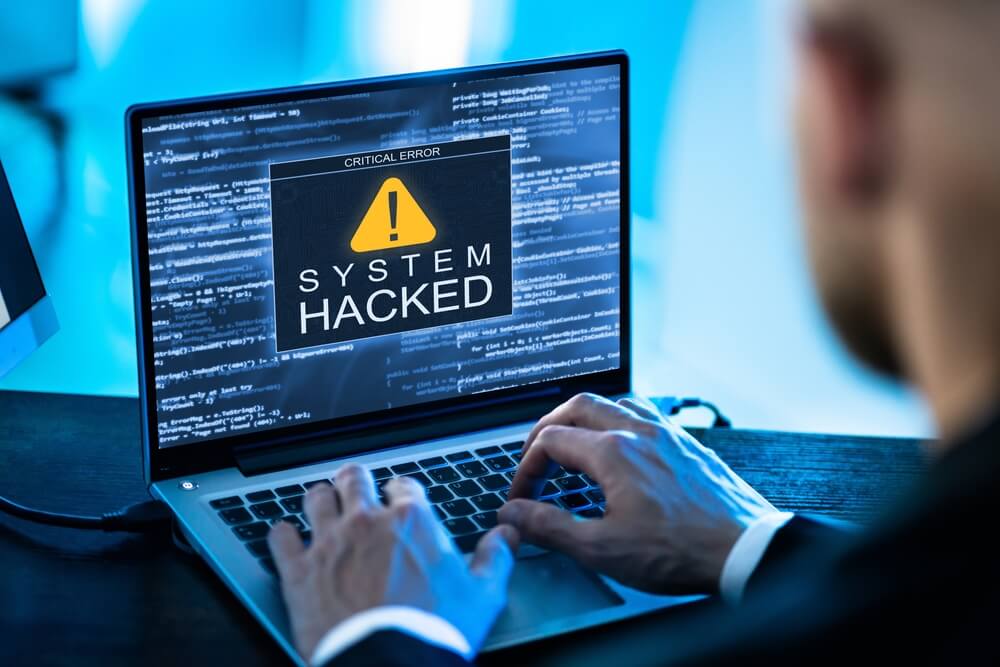EXECUTIVE SUMMARY:
For businesses of all sizes, ransomware is a growing threat. Ransomware typically encrypts critical data, rendering it completely or partially inaccessible until a ransom is paid. The downtime, data loss, and reputational damage caused by ransomware can be devastating.
Despite the doomsday sentiment around ransomware, there are effective strategies for ransomware remediation. By implementing a robust response plan, organizations can minimize damage and recover quickly. In this article, explore seven strategic tactics for ransomware remediation. Enhance your enterprise resilience.
1. Incident response plan
The foundation of successful ransomware remediation is a well-defined incident response plan. This plan outlines the steps to take upon detecting a ransomware attack, including:
- Identification and containment: Identifying the infected systems and isolating them to prevent further spread.
- Impact assessment: Determining the extent of the attack and the criticality of affected data.
- Extraction: Removing the ransomware from infected systems while preserving clean data.
- Recovery: Restoring critical systems and data from secure backups.
- Reporting and learning: Reporting the incident to relevant authorities and conducting a post-mortem analysis to identify weaknesses and improve future response.
A comprehensive incident response plan empowers teams to act swiftly and decisively during a ransomware attack. Regularly test and update the plan to ensure effectiveness.
2. Prioritize backups
Regular backups are the cornerstone of a successful ransomware remediation strategy.
Key backup considerations:
- Backup frequency: Implement a backup schedule that balances data protection with storage requirements. Consider the criticality of data and how often it changes.
- Backup location: Store backups offsite and in the cloud to prevent them from being compromised alongside primary data.
- Backup testing: Regularly test backups to ensure that they are complete and readily recoverable.
3. Patch management
Outdated software with known vulnerabilities is a prime target for ransomware groups. A robust patch management system ensures timely updates for operating systems, applications, and firmware throughout your network. Prioritize the patching of critical systems and those with known vulnerabilities that ransomware gangs are actively using.
4. User education
Employees often unintentionally introduce ransomware through phishing emails, malicious attachments or unsecured websites. Consistent cyber security awareness training can enable employees to identify and avoid these threats.
Training should cover topics such as:
- Phishing email identification: Teach employees to recognize red flags in emails, such as suspicious sender addresses, urgency tactics, and grammatical errors.
- Attachment safety: Emphasize caution when opening attachments, especially from unknown senders.
- Website security: Educate employees around identifying secure websites with HTTPS protocols.
5. Network segmentation
Segmenting your network creates logical barriers between different parts of your infrastructure. This limits the ability of ransomware to spread laterally within the network if a system is compromised.
Network segmentation can be achieved through:
- Firewalls: Implement firewalls to control traffic flow between network segments.
- VLANs (Virtual Local Area Networks): Create separate VLANs for different departments or functions to isolate sensitive data.
6. Endpoint detection and response (EDR)
EDR solutions go beyond traditional antivirus software by continuously monitoring endpoint activity for suspicious behavior. They can detect ransomware attempts in real-time, allowing for swift intervention before significant damage occurs.
7. Consider a managed security service provider (MSSP)
Maintaining a strong cyber security posture can be a complex and resource-intensive task. Managed Security Service Providers (MSSPs) offer a range of services, including threat detection, incident response, and vulnerability management.
Partnering with an MSSP can augment your internal security team’s expertise and provide 24/7 monitoring and support.
Check Point Infinity: empowering ransomware resilience
While these seven tactics provide a strong foundation for ransomware remediation, organizations can further enhance their security posture with Check Point’s Infinity platform.
Check Point Infinity is a comprehensive, AI-powered, and cloud-delivered security platform that safeguards your organization from sophisticated cyber threats, including ransomware. Here’s how Infinity empowers ransomware resilience:
- Prevention-first approach: Infinity utilizes advanced threat prevention technologies to identify and block ransomware attempts at the network edge, email gateway, and endpoint level. Its threat extraction technology sandboxes suspicious files to detonate them in a safe environment, preventing malware from infecting systems.
- Real-time threat intelligence: Infinity leverages Check Point’s ThreatCloud intelligence to stay ahead of the evolving ransomware landscape. ThreatCloud provides real-time insights into the latest threats.
Learn more here. For additional cyber resilience insights, please see CyberTalk.org’s past coverage or explore this eBook.
Lastly, to receive cutting-edge stories, groundbreaking research and emerging threat analyses each week, subscribe to the CyberTalk.org newsletter.
